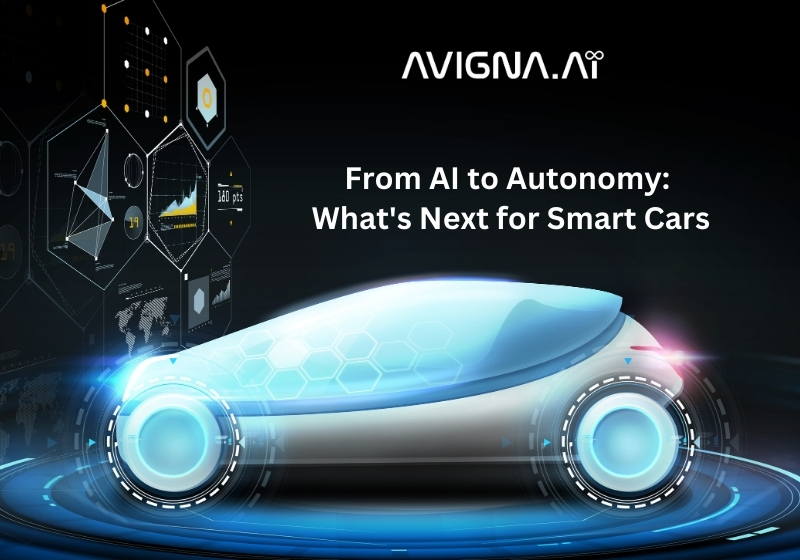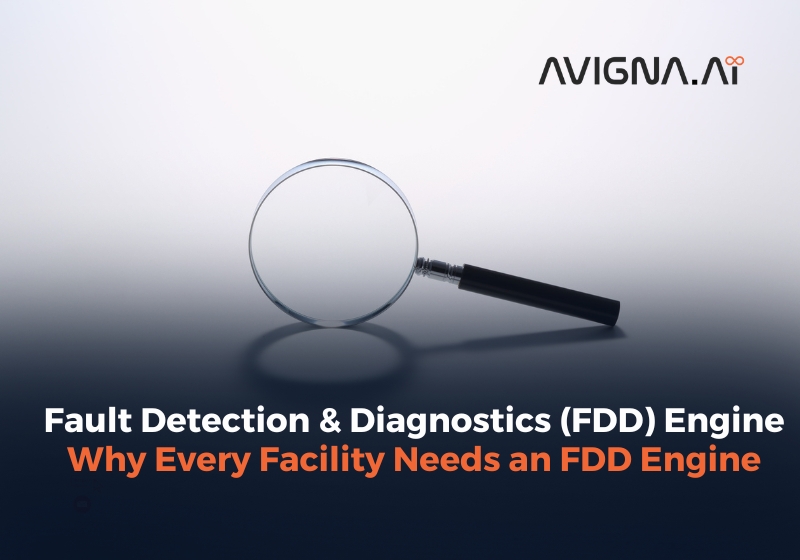From AI to Autonomy: What’s Next for Smart Cars
Modern vehicles are embedded with technological advancements such as systems aimed at assisting drivers in navigating vehicles, aspects oriented towards interconnectivity, and so forth – gradually adding different levels of autonomy. I opine that self-driving cars will dominate in the future. Let us dive into the future and see how enhanced intelligence will further improve our methods of transport. Join me in this article to find out what the future holds for smart cars.
Artificial Intelligence: Powering the Smart Car Revolution
Over the last ten years, AI technology has adapted to almost all sectors of the economy and fundamentally transformed everything. Automotive is one of such areas. This is done through machine learning algorithms, which help power advanced driver assistance systems, informative dashboards and an efficient production line. The following are some mind-blowing ways the technology has improved vehicles today:
Collision Avoidance: AI and computer vision of the dynamic scene around the car, which includes cameras, radars and other sensors to identify the obstacles and, in turn, prevent the accident by instantly stopping the vehicle as required.
Immersive In-Cabin Experiences: Advanced AI interfaces using speech processing and facial recognition technology enhance the driver’s overall experience. Voice assistants respond to sound commands, while AI-friendly screens provide information straight to the point and organized.
Optimized Driving Behavior: Algorithms of the machine learning process enormous quantities of statistics on every consumer’s driving peculiarity to offer more affordable insurance depending on the consumer’s behaviour. The less risky the conduct, the lower the costs.
Accelerated R&D: Car makers use AI technology to analyse and evaluate designs in different scenarios. This is to enhance the vehicle’s dynamic performance and perform thorough design testing virtually before any physical models are made. This reduces the costs and the time taken for development and enhances safety.
Intelligent Manufacturing: AI handles complex quality control tasks through computer vision that scans for defects across the assembly line. Additionally, it increases the efficiency in allocating resources to the schedules and adapts the production process.
The Rise of Autonomous Vehicles
Among the most daring forecasts related to artificial intelligence, self-driving vehicles are the most sought-after road vehicles without an operator to steer them. Over the last ten years, technology has been continuously advanced. However, many experts now believe we are close to full autonomy in about five years. Here are some projections on where autonomous mobility could be headed:
Advanced Driver Assistance: Features such as highway driving assistance, automated parking, and traffic jam “piloting” may become standard on new cars by 2025 to simplify driving and reduce accidents. This could eventually pave the way for more fully-autonomous systems.
Commercial Introduction: Through partnerships, experts project fully driverless vehicles without steering wheels or pedals, which could begin appearing in restricted access areas or geo-fenced zones. Rides without drivers would follow shortly after, like urban shuttle services.
Ubiquitous Availability: If innovation continues exponentially as anticipated, researchers say entirely autonomous vehicles will be accessible to the mass consumer market and widely used within significant city centres around 2028-2030, thanks to support from 5G networks and edge computing.
The Growing Role of Connectivity
Apart from supporting mechanisms of autonomy, connectivity is another significant aspect of using modern vehicles besides controlling the automobile via GPS, for example:
- Infotainment: In-dash access to navigation, calling and texting, streaming and other applications makes the journey enjoyable. Systems are also regularly updated through the internet.
- Shared services: Ride-hailing, peer-to-peer car sharing, delivery services, and mobility are possible due to constant vehicular connectivity.
- Vehicle maintenance: Processes such as real-time diagnostics, remote general servicing and installation of new software are done effortlessly, thanks to the technology.
- Safety: Vehicle-to-everything (V2X) communication creates connected vehicles that share data with the surrounding infrastructure and other vehicles to prevent crashes.
- Convenience: Remote commands for features like remote start, door unlock, finding parked locations and more enhance usability.
With 5G networks rolling out, new possibilities are emerging as well, like:
- Onboard infotainment streamed from the cloud with no storage constraints.
- Cloud-based cooperative AI allows vehicles to tap into communal perception data pools.
- Real-time high-definition maps are kept up-to-date through edge computing networks.
Recent Trends in the Smart Vehicle Industry
The automotive sector for innovative vehicles is advancing every year. One of such recent trends that forecast the development of this sector, among others, is:
- Last year, in 2023, the connected car market was around 80.87 billion dollars, which has now risen to 95.14 billion dollars. By 2032, the researchers estimate it can reach 386.82 billion dollars with a yearly CAGR of 19.2%.
- Most intelligent vehicles come with rechargeable batteries, increasing production by 27% between 2022 and 2030.
- Most people, 69% nowadays, wish connectivity services in their cars, while 34% desire automation services.
- In the year 2021, there were approximately 237 million active connected cars. Over the next four years, 2025, this number will increase to roughly 400 million.
- In 2023, the Asia Pacific region was the largest market, with a share of 42.92%.
The Golden Age of Automotive Innovation Has Just Begun
With the advancement of artificial intelligence and the expansion of global connectivity, cars are about to become software-enabled, autonomous machines integrated into the digital and transport system. More advanced and highly effective technology, which enhances individual mobility around the globe like never before, has just started trickling in. One day, as soon as we see it, it will not be a vision but a reality when the automotive revolution races full throttle to the autonomous zero-emission future with zero reservations.
At Avigna, we are on a commitment to make automotives smarter. Join our mission. Message us at queries@avigna.ai. Stay connected with us on LinkedIn, YouTube and Twitter.




